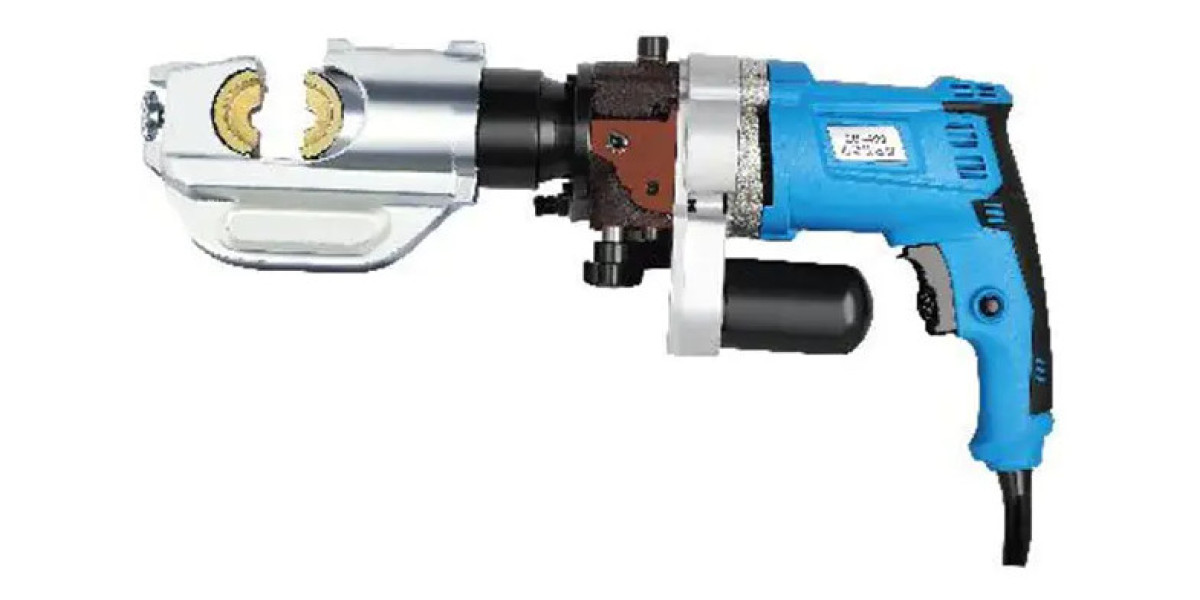Adjustment Capabilities of Modern Hydraulic Crimping Tools
For professionals who regularly work with a variety of cable sizes and connector types, the question of adjustability is crucial when selecting a crimping solution. A Hydraulic Crimping Tool, known for its high force and consistent performance, is not just about power—its flexibility and adaptability are equally important. The ability to fine-tune or configure the tool enhances safety, efficiency, and compatibility with a broad range of tasks.
Die Set Compatibility and Size Adjustment
One of the primary ways these tools offer adjustability is through interchangeable die sets. These dies are used to match the size and shape of different terminals, ensuring a secure and precise crimp. Most quality hydraulic units allow users to switch between die sizes quickly, accommodating conductors ranging from small signal wires to large industrial power cables. This feature not only adds versatility but also ensures each crimp meets technical standards specific to the job.
Pressure Control Mechanisms
Another essential adjustable component is the pressure control system. Some hydraulic crimping models include an adjustable pressure release valve or a pressure gauge, allowing users to fine-tune the crimping force. This ensures that just the right amount of pressure is applied—enough to form a solid electrical connection, but not so much that the terminal or cable gets damaged. Adjustable pressure also reduces wear on the tool and increases user safety.
Rotating Heads and Tool Ergonomics
In addition to internal settings, many tools include externally adjustable components, such as a rotating head or adjustable handles. A rotating crimping head enables easier access to tight or awkward spaces, especially in confined electrical panels or automotive areas. Adjustable handles improve ergonomics, allowing the tool to be used comfortably by technicians of different strengths or handedness, and in various orientations.
Multi-Function Conversion
Some advanced models are designed as multi-purpose systems that go beyond simple crimping. These units may support cutting or punching with the change of attachments, or even different hydraulic applications. The tool’s modularity depends on its base design and whether it allows easy swapping of operational heads or dies. For professionals handling a wide array of electrical tasks, this expandability significantly reduces the need for multiple tools.
Limitations and Considerations
Despite these advantages, not all hydraulic crimping tools offer full adjustability. Entry-level or basic models may be fixed to specific cable sizes or lack fine control features. Therefore, when selecting a tool, it's important to assess the required application range, frequency of use, and user expertise. Industrial-grade models typically offer more adjustments but may come at a higher price point.
Conclusion
In most professional environments, the ability to adjust settings and configurations on a Hydraulic Crimping Tool plays a vital role in achieving reliable, repeatable results. From interchangeable dies and pressure controls to ergonomic enhancements, adjustability turns a powerful tool into a precise and user-friendly device. Choosing a model with appropriate flexibility ensures that the tool will not only meet today's needs but also adapt to tomorrow's challenges.
FUNCTION
1. The compression pliers are designed for hydraulic crimping on power cables and wires. The crimped conductor is tested in high conductivity and close contact so that it's difficult to break out and turn hot.
2. Open-cut design for convenient operation.
3. Dies are quickly put on a tube by a double-speed unit. Then the compression force lifts and automatically changes to low speed. The operation finishes with energy saving and time shortening.
4. The head could be rotated 180°freely for narrow space working.
5. Fitted with a safety valve. When pressure reaches to limited max. Value, pressure is released automatically to prevent over-pressure.
6. Fiberglass-insulated handles to prevent accidental electrical shock.
7. The packing case is made from a robust integral plastic box.



